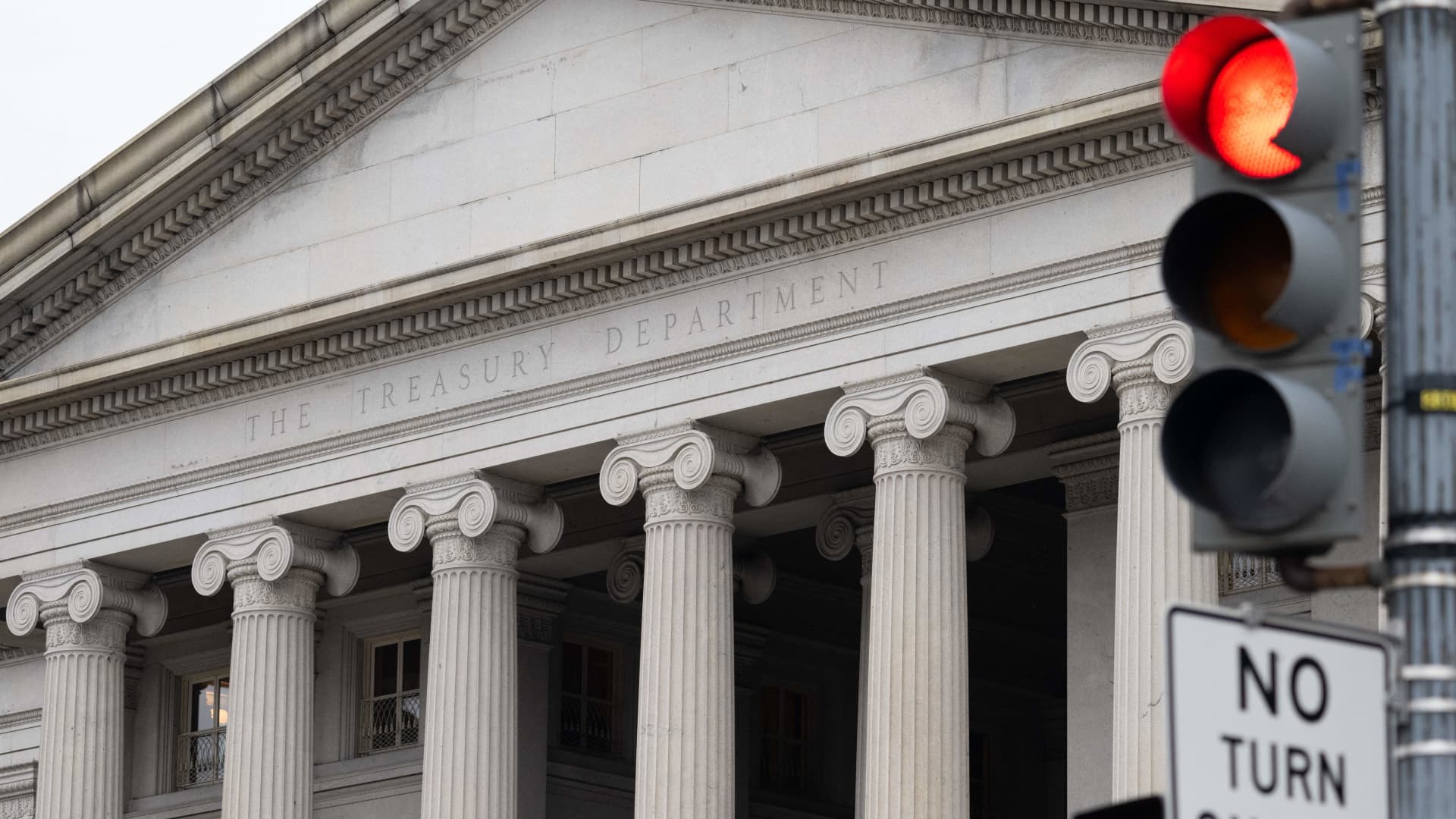Economics
The US Army’s chief of staff has ideas on the force of the future
-

 Personal Finance1 week ago
Personal Finance1 week agoWhat the national debt, deficit mean for your money
-

 Economics6 days ago
Economics6 days agoJobs report May 2025:
-

 Economics1 week ago
Economics1 week agoElon Musk’s failure in government
-

 Economics6 days ago
Economics6 days agoDonald Trump has many ways to hurt Elon Musk
-

 Finance6 days ago
Finance6 days agoStocks making the biggest moves midday: WOOF, TSLA, CRCL, LULU
-

 Economics6 days ago
Economics6 days agoDonald Trump has many ways to hurt Elon Musk
-

 Economics4 days ago
Economics4 days agoSending the National Guard to LA is not about stopping rioting
-

 Blog Post5 days ago
Blog Post5 days agoMastering Bookkeeping Tasks During Peak Business Seasons












